Teaching remotely makes social-emotional learning more important than ever because your students have to distance themselves away from everything familiar to them: be that in school, with their peers, with their teachers and their whole experience of education. But how are you supposed to fit SEL and Character Education in as well as catch up on all their missed academics?
Social distancing is affecting your students’ social and emotional needs:
Now with blended learning and the change in how schools are working post-pandemic, your students might not be getting the support that they need or are used to receiving, and social distancing is in some way, affecting their growth and development.
You're not alone if you're worried about your students keeping up academically and catching up on all the work they have missed. But for students to make progress at school, it's essential to tend to their social and emotional needs too. Not all students have positive experiences at home and school is often their escape; not being able to have that space or the security of being near you and their peers, is challenging for them. Thus it's more important than ever that you support their social-emotional needs and help them build character in their personal development during these unprecedented times. Keep reading to learn how you can support your students' social-emotional learning, even from a distance.
You're not alone if you're worried about your students keeping up academically and catching up on all the work they have missed. But for students to make progress at school, it's essential to tend to their social and emotional needs too. Not all students have positive experiences at home and school is often their escape; not being able to have that space or the security of being near you and their peers, is challenging for them. Thus it's more important than ever that you support their social-emotional needs and help them build character in their personal development during these unprecedented times. Keep reading to learn how you can support your students' social-emotional learning, even from a distance.
You can integrate social-emotional teaching within your remote lessons:
There is always pressure to focus on academics, especially after students missed many months of school last year. It can be agonising wondering how you are going to squeeze social-emotional learning into your day on top of academics. But it doesn't have to be one or the other. You can integrate SEL into your regular teaching, and it doesn't have to take much time out of your day to support your students with their well being. Here are a few steps that you do to can integrate SEL and well being into your regular teaching that will make a world of difference for your students.
Ideas for integrating SEL and student well being into distance learning:
If you've not tried affirmations with your students yet, they are incredibly powerful if used in the right way. If you would like to learn more about how to use affirmations, you can check out this article on Why affirmations haven’t worked for you and the key step you are missing. You can download a set of resilience affirmations for free at the end of this article, to share with your students. These particular affirmations are great for wellbeing because students can colour them in and also answer the questions that help reinforce and develop resilience.
Another way you can help develop your students’ well being is through one-to-one attention where possible. This can be in the form of online calls or direct messages via email, Google Classroom or whichever Learning Management System (LMS) you are using. By providing opportunities for one-to-one attention, even if it's just for a few minutes, will make all the difference in helping you understand your students. Furthermore, your students will feel comforted in knowing they are being listened to and that you care about them.
Of course, sometimes one-to-one calls might not be possible. In this case, the use of check-in forms such as these, is very beneficial. You can share a Google Form with your students, and they can express themselves and their needs through this form and feel heard. It is straightforward for you to analyse the information and see where particular students might be struggling; that will enable you to support them individually based on their own needs.
Another effective way to support your students SEL is by helping themfocus on their goals or their purpose. This is especially important at this time where routines are very different; being home all day can make anyone feel like their purpose is lacking, and thus it can be harder to set and stick to goals. One way you help your students through this is via a Goal-Setting Journal. This journal will guide them through setting goals for various areas of their life, and it will help them structure their goals so that they are more likely to achieve them. By sharing these journals with you, you can help keep them accountable by checking up on them and seeing how they are making progress.
Of course, sometimes one-to-one calls might not be possible. In this case, the use of check-in forms such as these, is very beneficial. You can share a Google Form with your students, and they can express themselves and their needs through this form and feel heard. It is straightforward for you to analyse the information and see where particular students might be struggling; that will enable you to support them individually based on their own needs.
Another effective way to support your students SEL is by helping themfocus on their goals or their purpose. This is especially important at this time where routines are very different; being home all day can make anyone feel like their purpose is lacking, and thus it can be harder to set and stick to goals. One way you help your students through this is via a Goal-Setting Journal. This journal will guide them through setting goals for various areas of their life, and it will help them structure their goals so that they are more likely to achieve them. By sharing these journals with you, you can help keep them accountable by checking up on them and seeing how they are making progress.
Finally, you can support your students’ social and emotional learning by helping them develop character. You can help them do this via the use of Daily Morning Meetings for Character Development. You can choose a character trait for the month, and every day in your online call or via your LMS, you can start your day with a quote and a prompt. Students can document their responses to these prompts using the included journals, and this will encourage them to think about developing specific character traits and how they can incorporate these skills into their own lives.
You can also encourage them to think of others during these challenging times by developing the character trait of kindness. You can easily do this through colouring compliment notes, which come in both printable and digital versions. You can learn more about how to use these notes to start a kindness project in your own school here. By encouraging your students to offer people compliments and do good deeds for others, it will help build character and develop their social-emotional learning.
To conclude:
Try using some of these ideas to integrate social-emotional learning into your remote teaching. As you can see, they do not have to be complicated or take much time away from academics. But by showing your students that you care and are helping them through these challenging times, will make all the difference in their lives.
|
Download resilience colouring affirmations for free to support your students with their social-emotional learning:
Remember, you can download the free resilience animations here to help your students develop their resilience, especially during these unprecedented times when they need it more than ever.
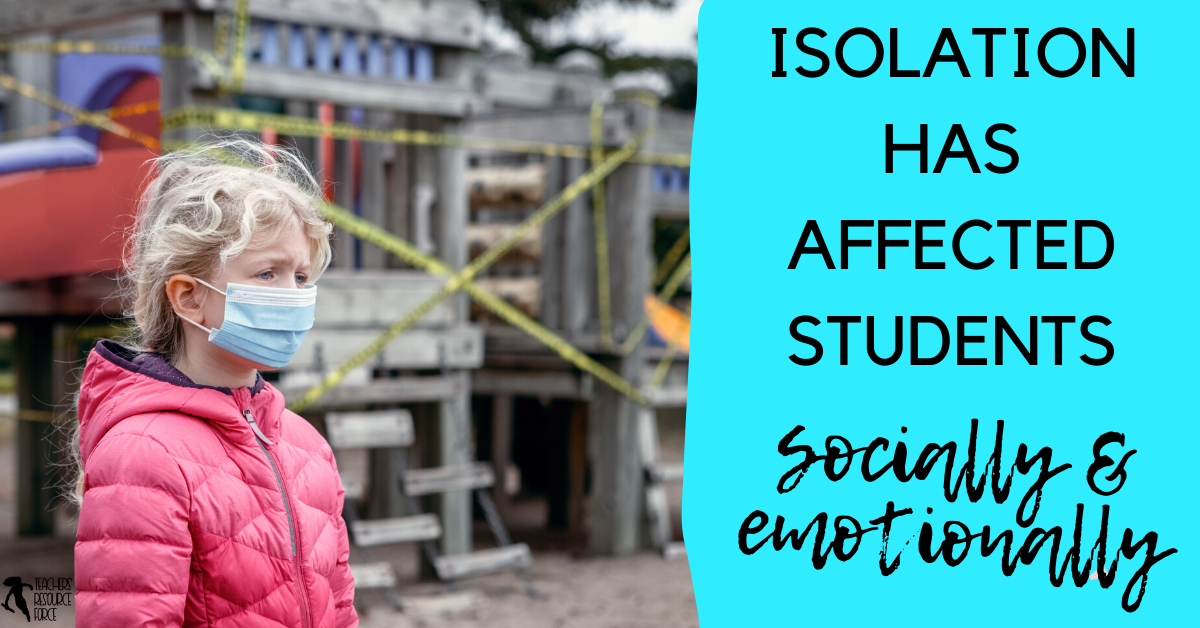
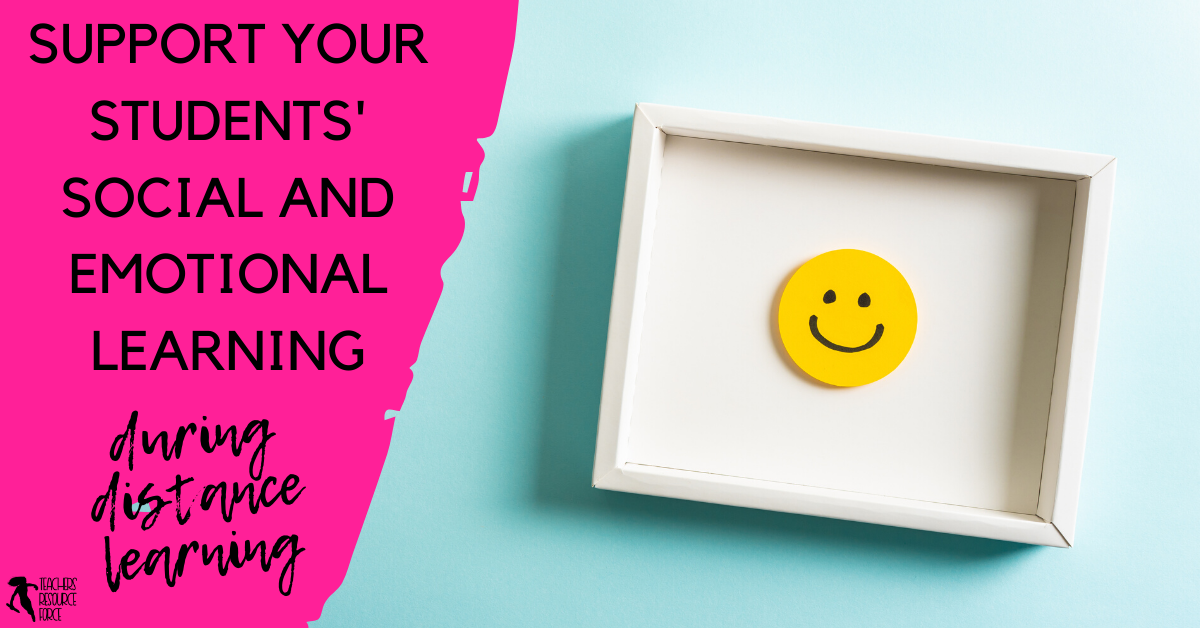
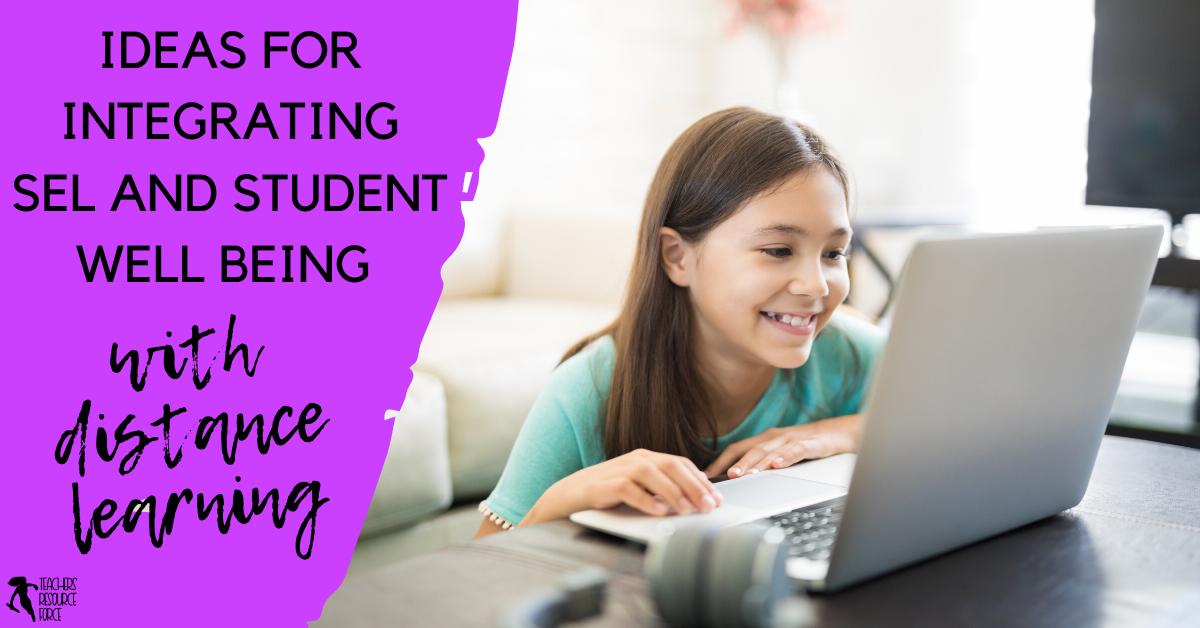
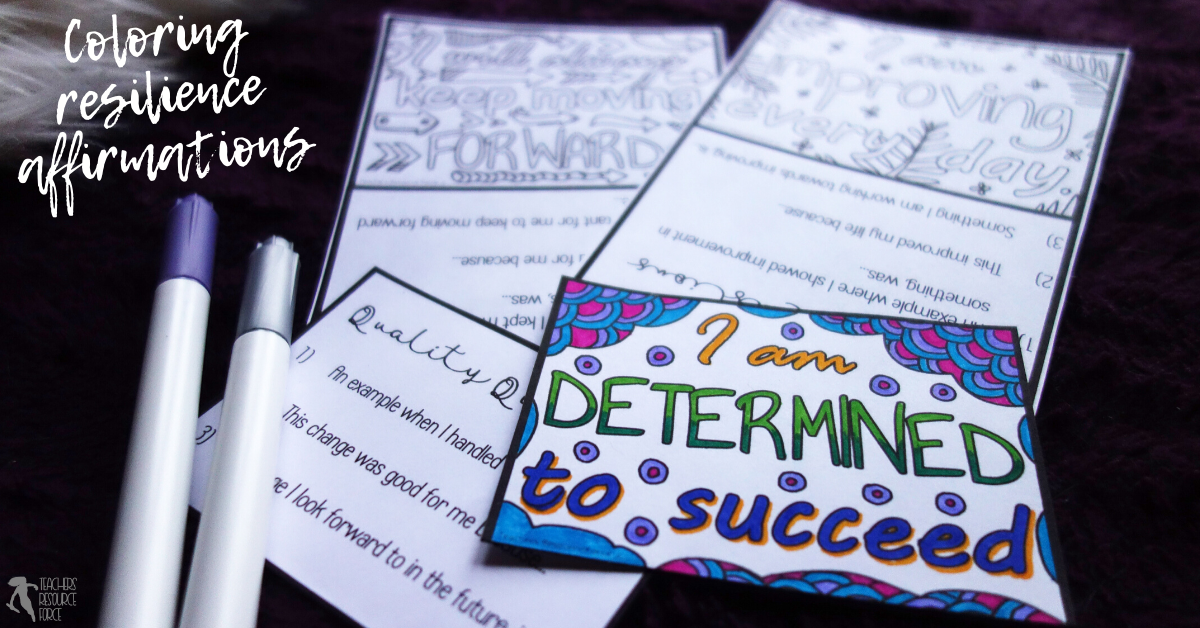
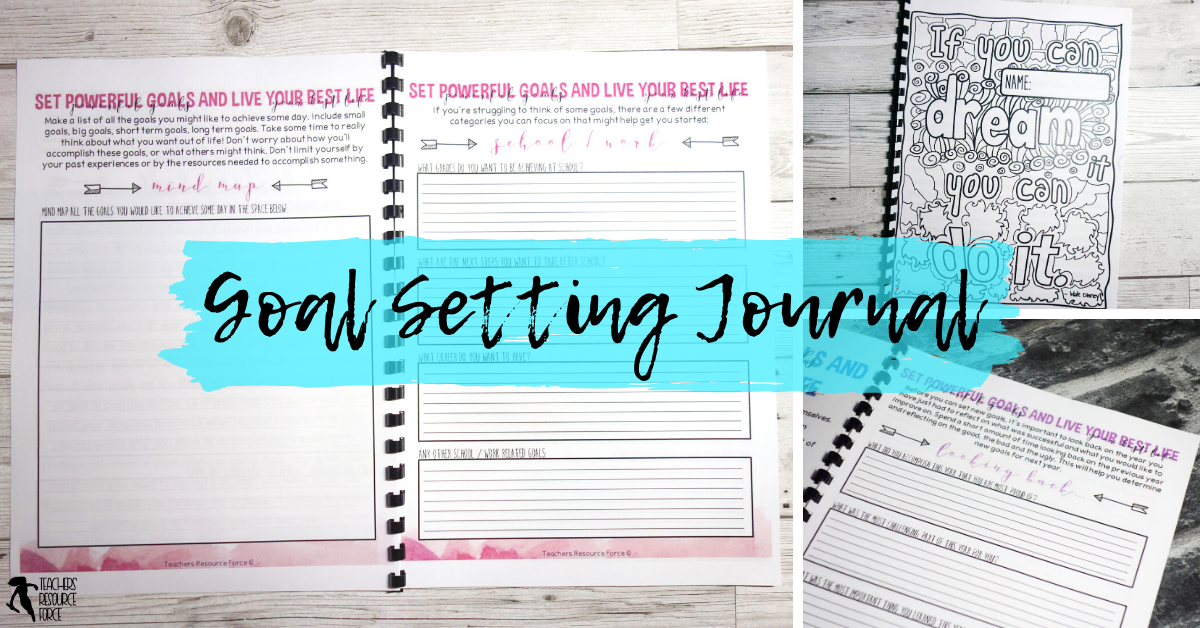
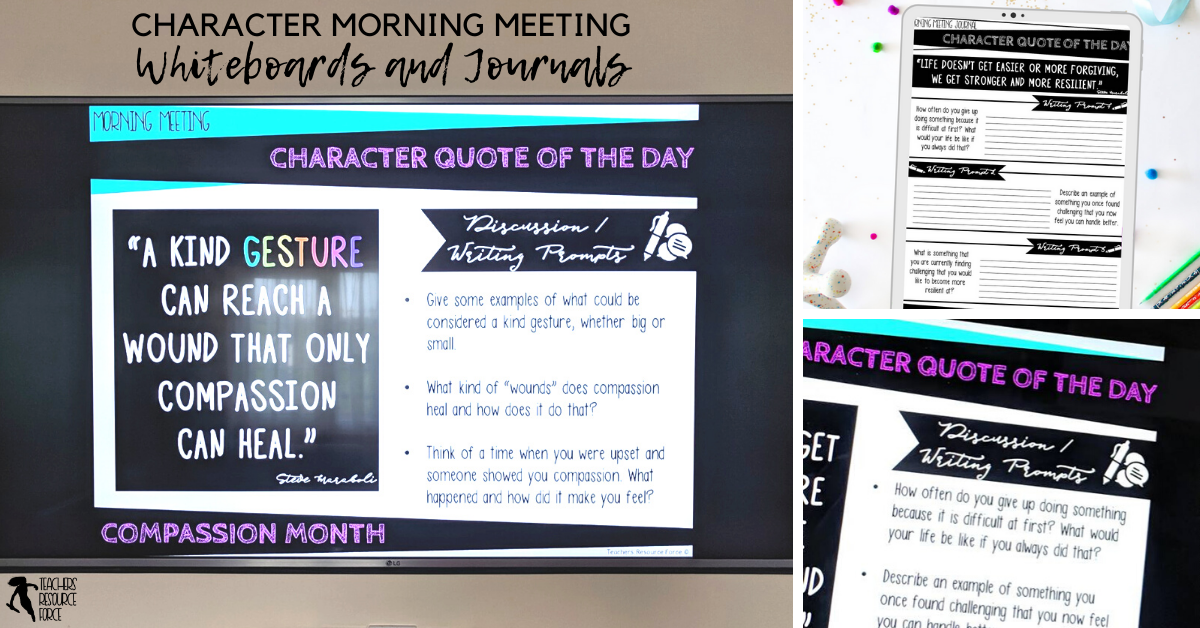
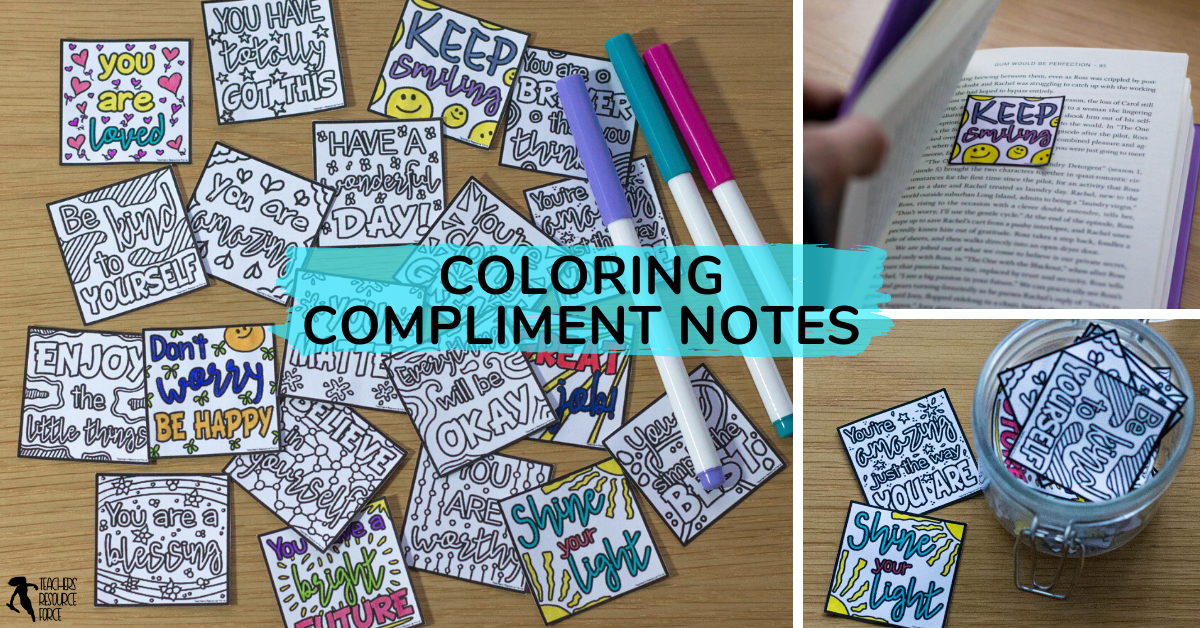
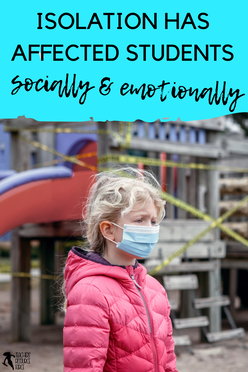
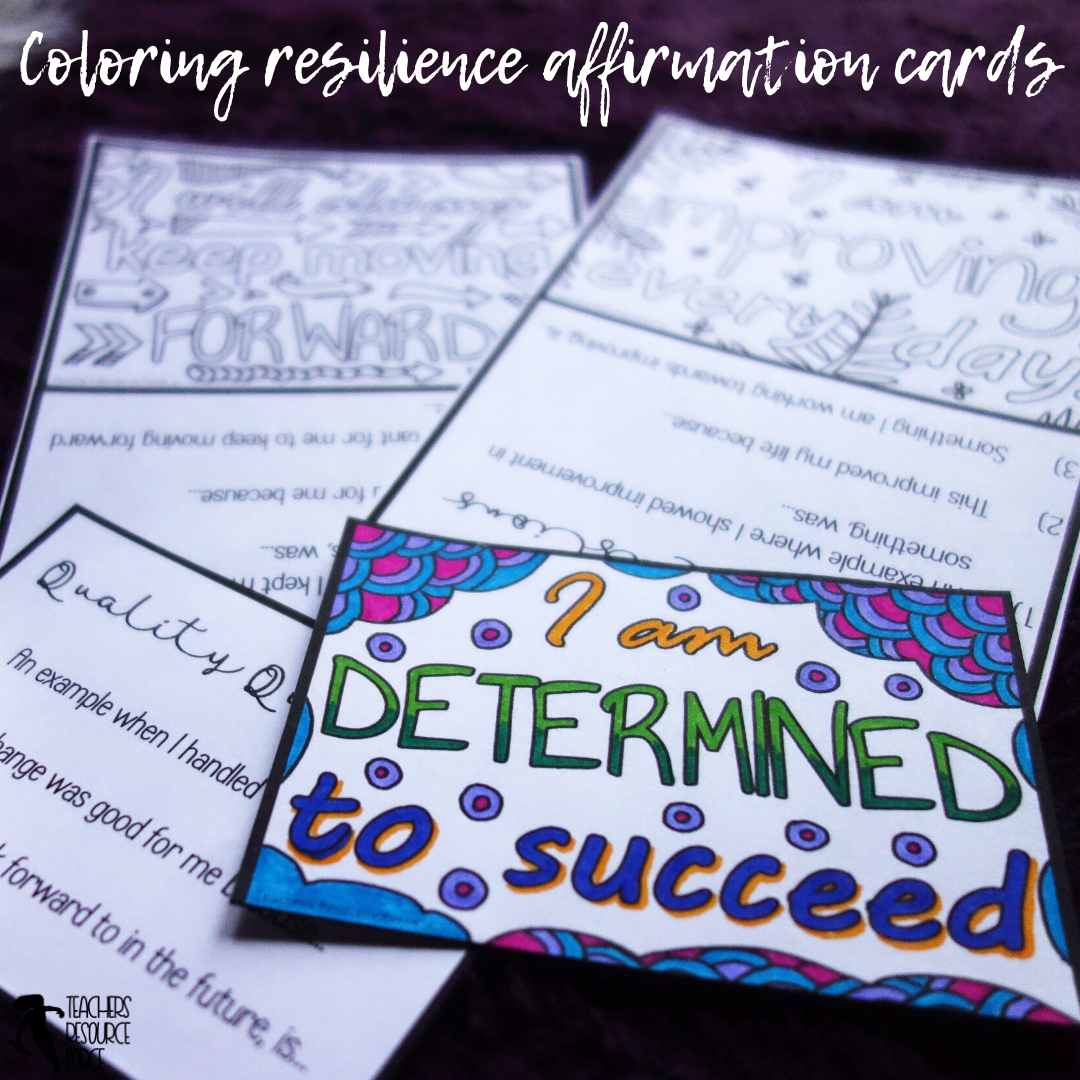




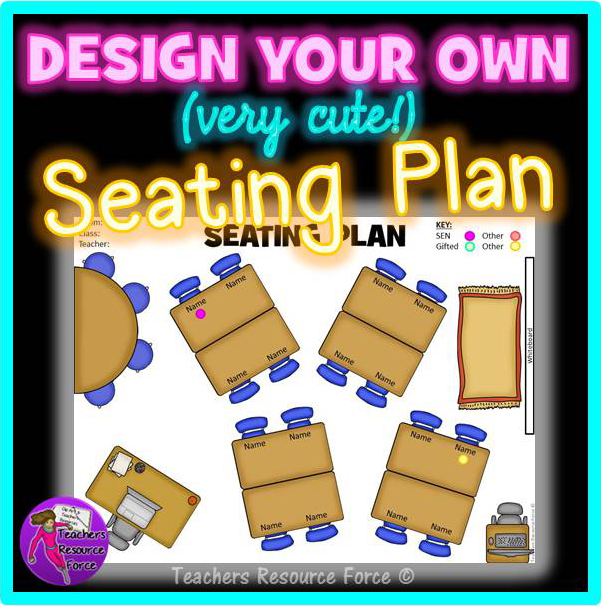


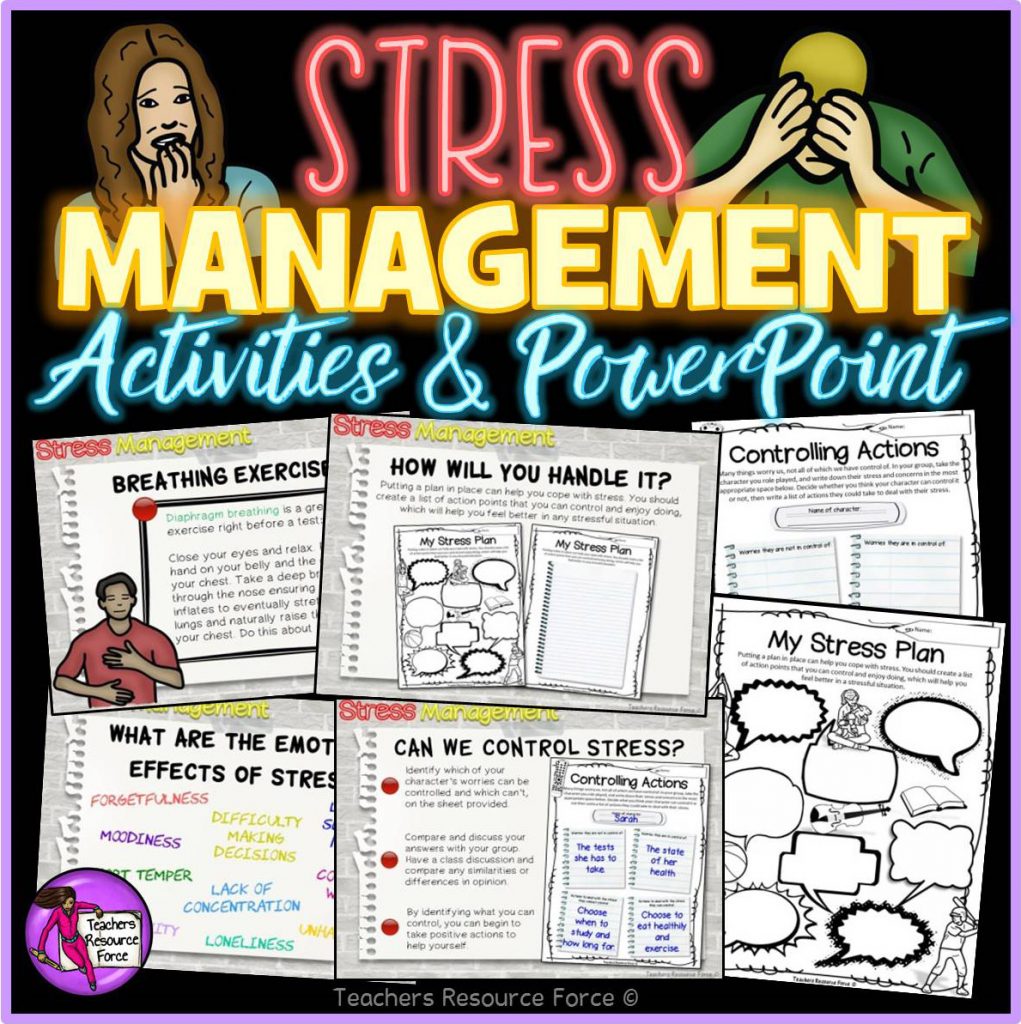
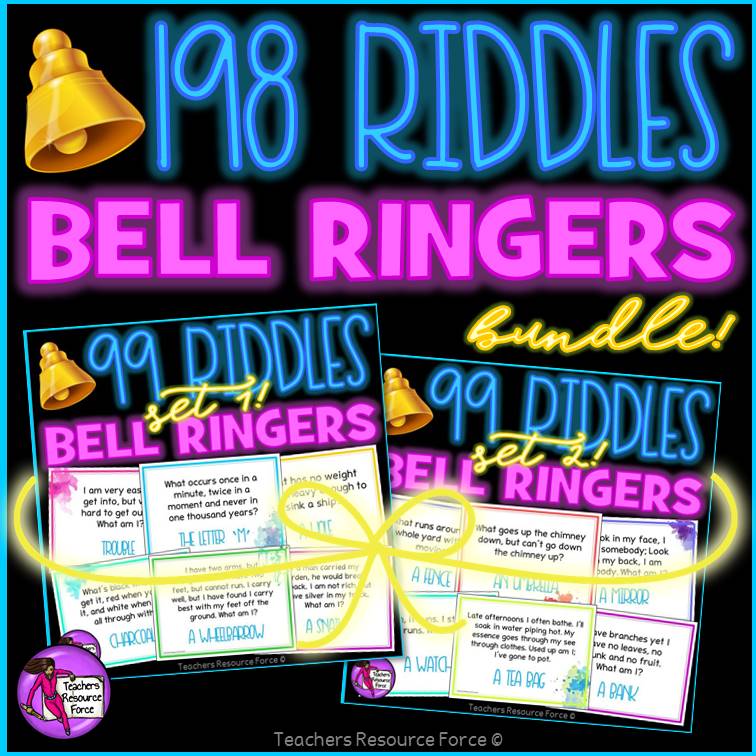
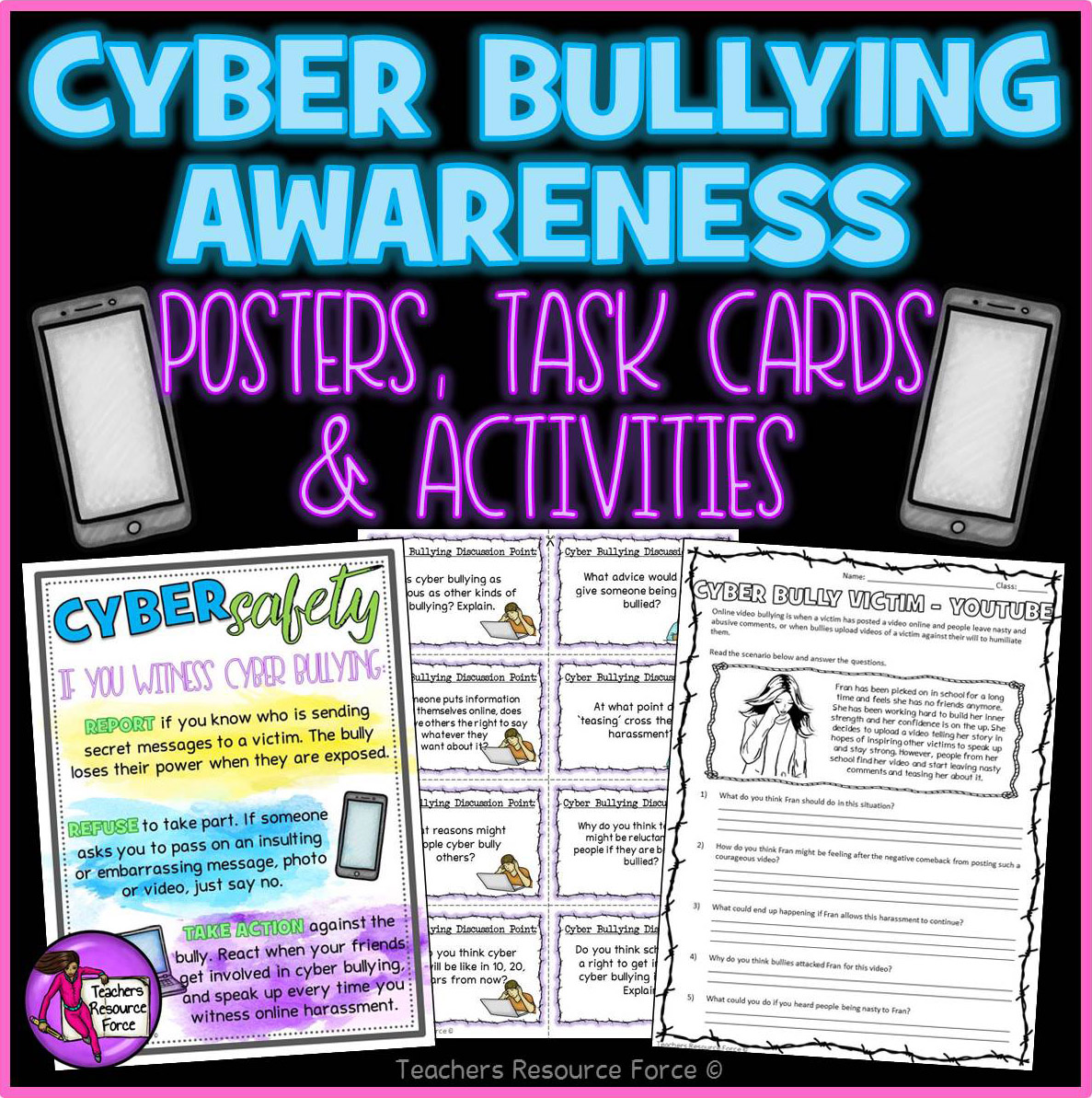









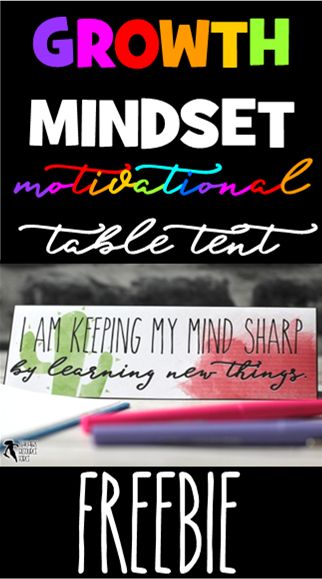

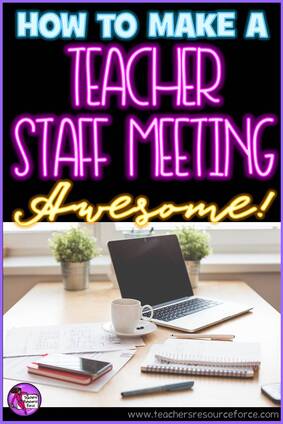

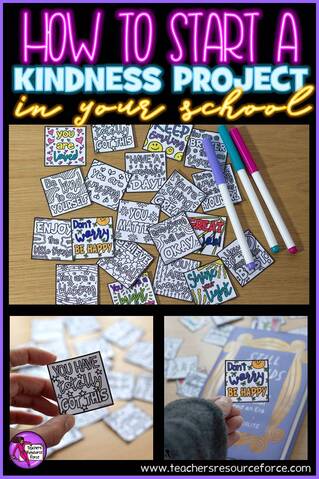

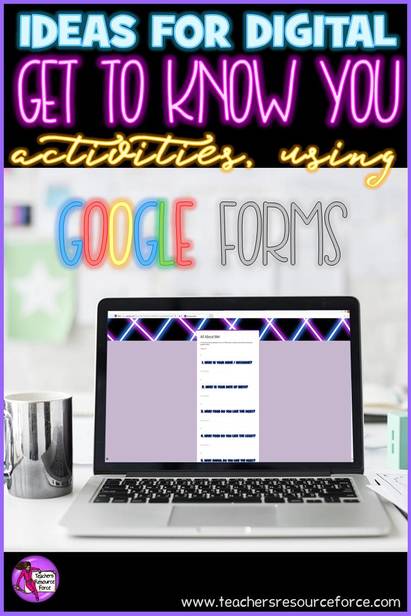
 RSS Feed
RSS Feed



